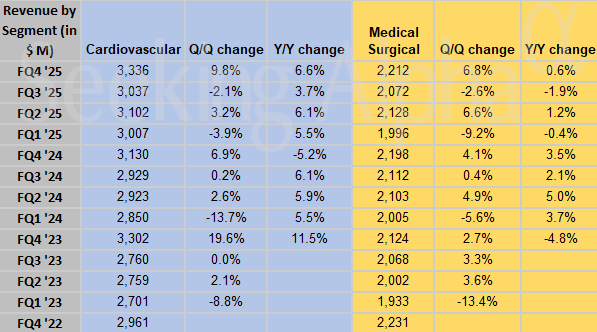US President Donald Trump has unveiled an ambitious new missile defence project dubbed the “Golden Dome” that he claims will protect the United States using weapons based in space for the first time.
Speaking from the Oval Office on Tuesday, Trump said he expects the multilayered, $175 billion system to be “fully operational before the end of my term” in 2029, and capable of intercepting missiles “even if they are launched from space.”
While Trump’s goal is bold, a US official familiar with the project told reporters that it is more likely the system may only have some initial capabilities in place by that time.
A four-stage missile shield with space-based interceptors
Trump’s vision for Golden Dome includes both ground- and space-based systems that would allow the US to stop missiles at every phase of their flight from pre-launch, early ascent, midcourse in the atmosphere, to their terminal phase just before impact.
For the first time, the programme would introduce space-based interceptors – a leap in capability that military officials have long discussed but never fully implemented. A senior US official, speaking on condition of anonymity, said Pentagon planners are weighing medium, high, and “extra high” versions of the system based on cost, largely tied to the number of satellites and interceptors deployed in orbit.
Trump also announced that Gen Michael Guetlein, currently vice chief of space operations, will oversee the programme’s development. Seated next to a gold-painted map of the continental US and an artist’s illustration of missile defences in action, Trump emphasised that the system was critical to protecting Americans from future threats.
Price tag raises eyebrows as experts warn of destabilisation
While Trump has requested an initial $25 billion in his proposed tax break bill to begin funding the Golden Dome, the Congressional Budget Office estimates that the space-based components alone could cost up to $542 billion over the next 20 years. The broader programme remains unfunded at this stage.
The Pentagon has flagged concerns for years about the growing sophistication of Chinese and Russian missile technology, warning that existing US systems may be insufficient in future conflicts. General Chance Saltzman, chief of the US Space Force, told lawmakers that the weapons proposed for Golden Dome would involve “missions that have never before been accomplished by military space organisations.”
Trump said he had not yet discussed the programme with Russian President Vladimir Putin, but added: “At the right time, we will.”
China and Russia call project ‘destabilising’
In a joint statement issued earlier this month, China and Russia sharply criticised the Golden Dome proposal, describing it as “deeply destabilising in nature” and warning that it would turn outer space into an “arena for armed confrontation.”
Both countries have reportedly developed offensive capabilities in space, including satellites that can disable US space assets. Last year, US officials said Russia was working on a space-based nuclear weapon capable of emitting a burst that could disable satellites in orbit.
Despite Trump’s executive order to pursue space-based interceptors issued during his first week in office, the programme remains at the conceptual stage. Air Force Secretary Troy Meink told senators on Tuesday that no money has yet been allocated and the Pentagon is still drafting the initial capabilities document. The US already possesses various missile defence tools, including Patriot missile batteries and a network of satellites to detect launches. Some of these existing systems are expected to be integrated into Golden Dome.

 7 hours ago
1
7 hours ago
1













 English (US) ·
English (US) ·